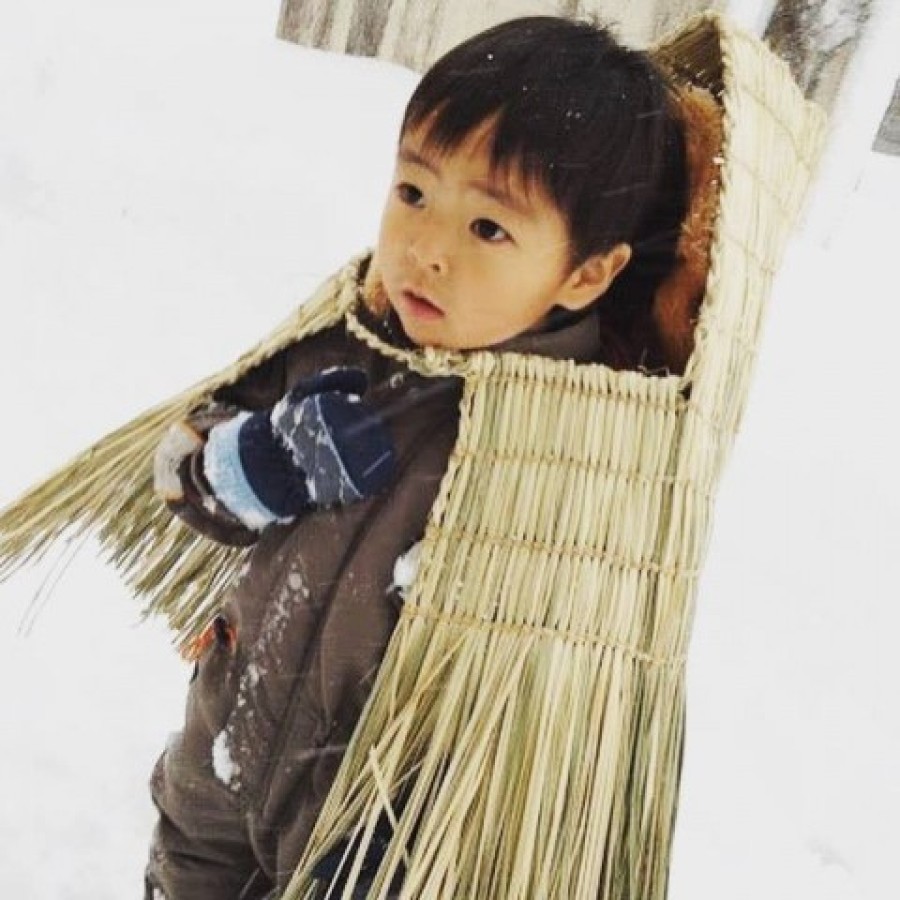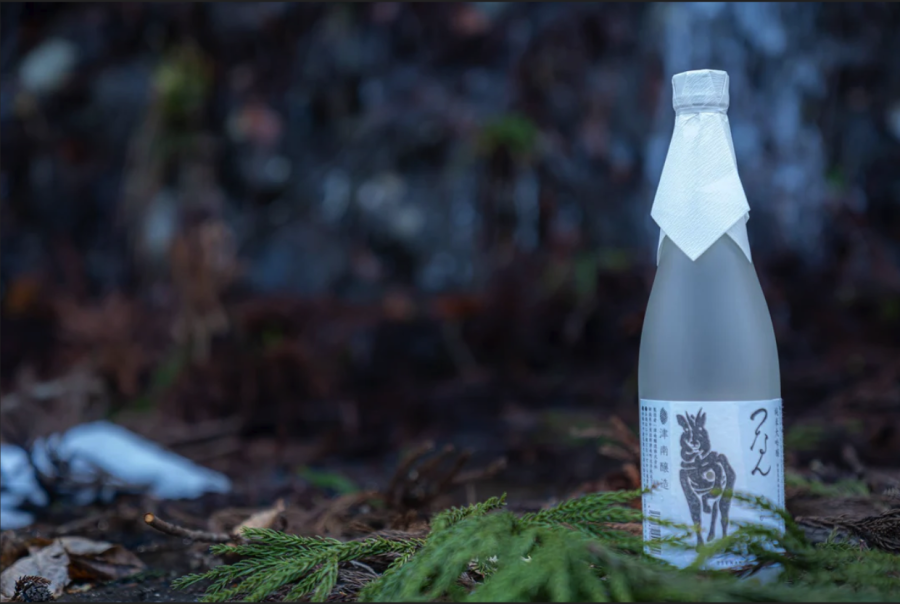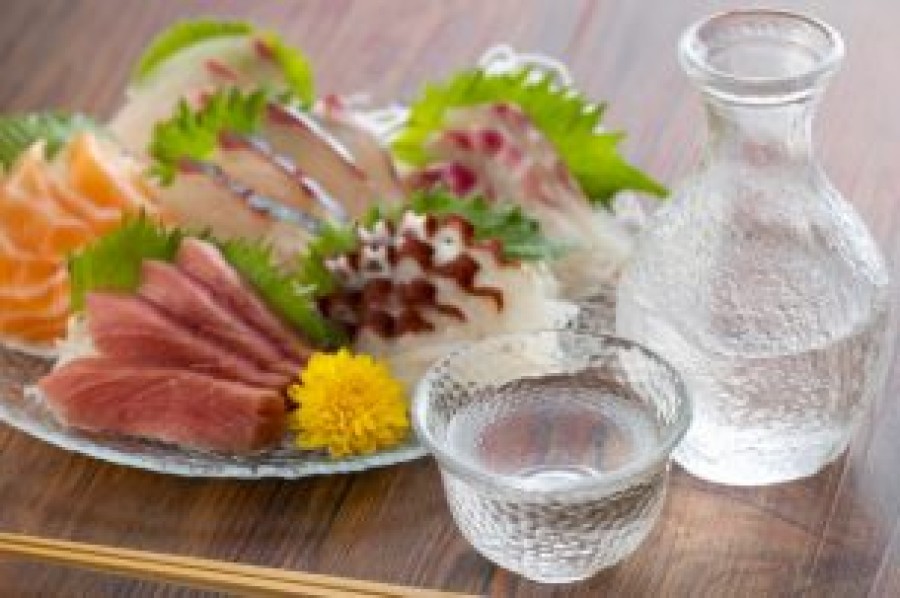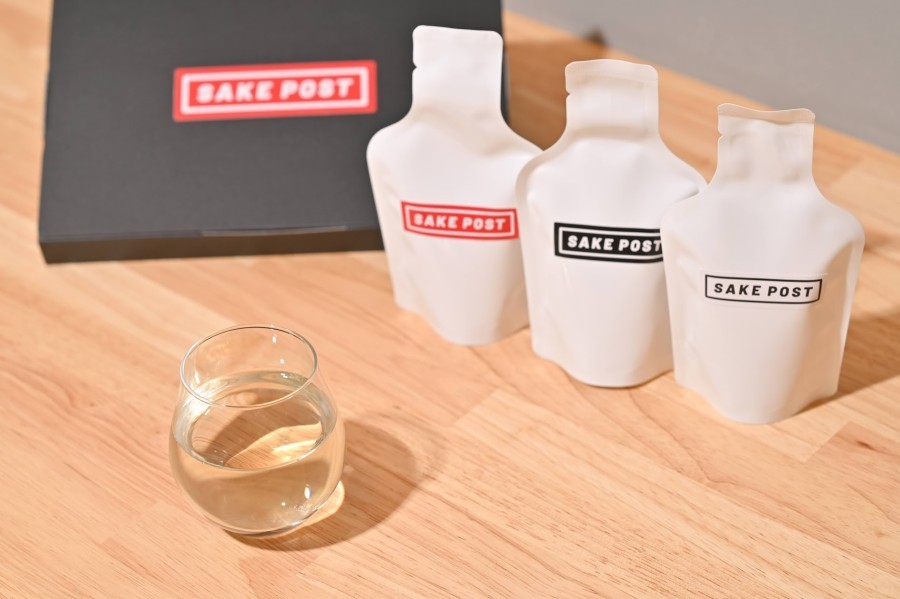A friend farmer gave me some interesting fuel to play with.
The name of the product is Momigalite, an eco-fuel born from rice husks.
This is a product that uses rice husks from rice harvesting in the rice paddies to make charcoal for BBQ.
In truth, it is said to be useful not only for BBQ, but also for use as a wood stove starter, and as an alternative fuel for disasters because of its resistance to age-related deterioration.
I work on regional cycles, so I'm a sucker for this kind of stuff!
In addition, I was given a few things to take home with me and sniffed around, as I was in the realm of BBQ certification.
Despite all the pretty stories about recycled fuels, new charcoal possibilities and so on, there's actually one thing I'm hoping for!
I wondered if that now-absent smell of rice husk burning in the countryside in autumn would be revived.
Yes, in Niigata Prefecture there was a custom of burning rice husks in the harvested rice fields after the rice harvest was over.
There was also a purpose to recycle the ashes as fertiliser, but whether because of fire laws or simply because the whole town smells bad, it is a sight and smell of the countryside that can no longer be seen and smelled anymore.
When we were children, after this scene was spread and sown, it was a signal that we were allowed to play baseball in the free fields. (Although we would certainly sprain our feet.)
If this smell could be recreated at BBQ places where fires are allowed.
If you can do this, your BBQ in Niigata will be a party of the best food with the best smells, reminiscent of the countryside of yesteryear!
And so, with high hopes, the experiment begins.
First of all, fire lighting.
Each stick is heavy, weighing around 1 kg, and has a firm, solid shape that is hard to believe it is made from rice husks.
First, split the two bottles into three and go to the chimney starter.
I was prepared for this because I had heard that the fire was not very good, but it was very much so.
It was not possible to light the fire with just newspaper or something else, so commercial charcoal, which had been lit separately, was thrown in and managed to ignite it after sticking together for a while.
This might not work without a burner or something. Even when it came in contact with the coals and turned black, it didn't ignite easily and was more stubborn than I thought it would be.
In hindsight, maybe the key is to aim for the hole in the middle and let it ventilate all the way through.
At any rate, we've got it lit anyway, so we're moving on to the fire pit!
And the billowing smoke is just as rumoured!
A rice husk indeed. They are often smothered. They are the type that should never be downwind.
But my aim is to enjoy the smell of Niigata in autumn that day, so I boldly bring my nose closer.
... kun-kun.
Huh?
... kun-kun-kun.
Ho-ho-ho.
Huh?
He has a preexisting rhinitis or he is just blinded by the smoke and cannot discern the smell.
It just smells like it is not going to achieve its purpose.
Well, once the smoke had settled, we decided to go ahead.
As this is a circulation experiment, I set myself the mission of cooking rice with fuel from the rice paddies, so I put three cups of rice in the rice container I brought with me and started to do a little bit of it.
After a while the rice husks really come into their own and burst into flames! The rice husk burns very well indeed!
I was lucky enough to realise a medium pappa, which is a good feeling.
But this fire, if the netting had been meat, it would have been bad!
Flames are the enemy of meat BBQs.
Inevitably roundly scorched and on fire!
Meat should be grilled as much as possible using only charcoal far-infrared.
But I'm glad I had a rice bowl.
There is plenty of water inside, which is good for boiling.
I had heard about the smoke and flames first, so it was nice and just right for the rice.
Due to a lack of tools, it was not possible to make a suspended rice container, so a high and low heat section was created in the fire pit to adjust the heat level.
Resist the temptation not to take the lid off without the baby, and hold back often until the spillage.
It spilled over nicely, so I removed it from the fire and it was steaming time.
Well, well.
How well the rice is cooked.
.
.
Yes, perfect!
Cooked up nice!
After cooking, the charcoal flame settled down and grew into a good charcoal that emits a far-infrared bang.
The charcoal held up great from here, and as you'd expect, it was heavy and chunky and solid, making it suitable for meat grilling!
Lessons learnt this time.
(i) If you try to use only this fuel, it will not ignite at newspaper level, so you should rely on a burner, cedar wood or other charcoal ignition.
(ii) If you go from the meat without understanding the characteristics of firgarite, a round scorching hell is inevitable.
(iii) If you underestimate the amount of smoke at the beginning, you will get hit in the eyes. (If you put a griddle on the floor, the concentrated smoke from the gaps will cause victims.)
(4) You should start by boiling water in a pot and use it for BBQ after the flames have gone out.
These and others look quite good if used with care.
How about a circulating fuel that is unique to Niigata?
And finally.
It's about how it smelled in the end.
In the car on the way home, I sniffed the towel and T-shirt I had wrapped around my neck, and they were soaked in the smell of the now-extinct autumnal rice-field roast!
Okay, it was the type of Niigata Kahori BBQ that you soak your clothes in, not the smoke!
The smell of autumn in Niigata tasted in summer.
Try them all!
advertisement













